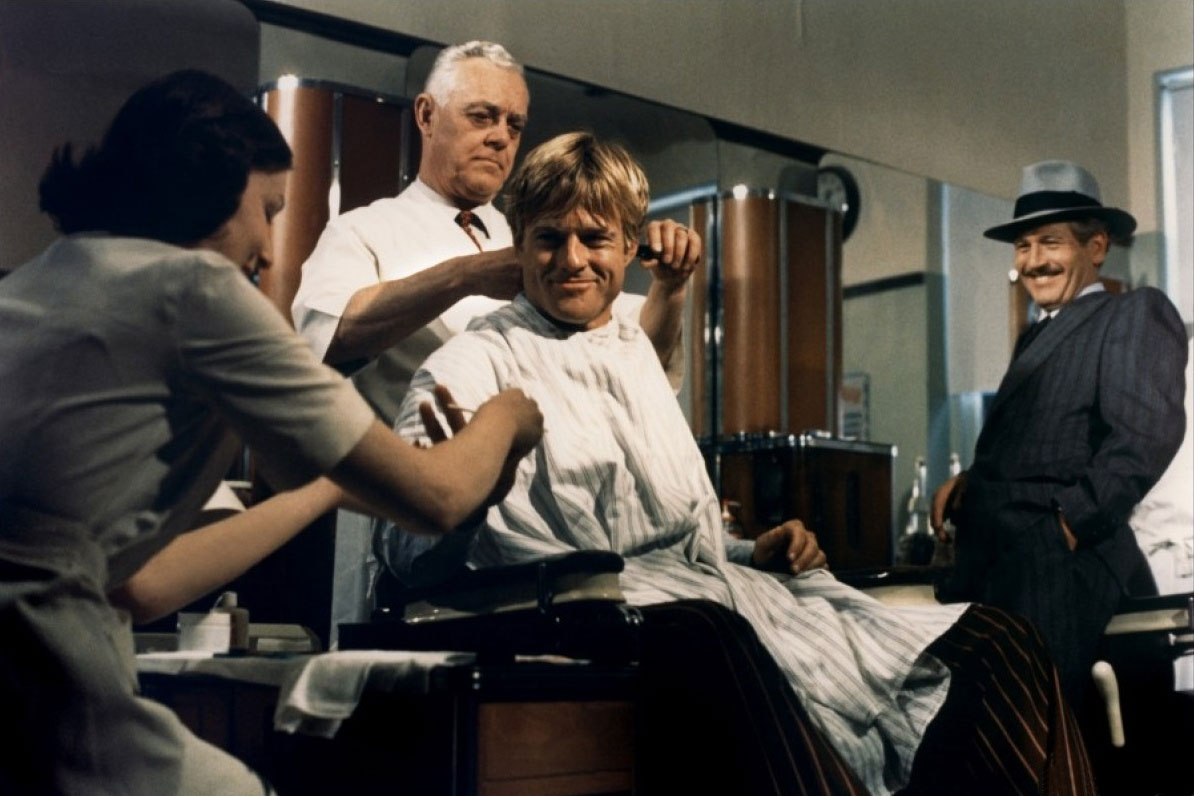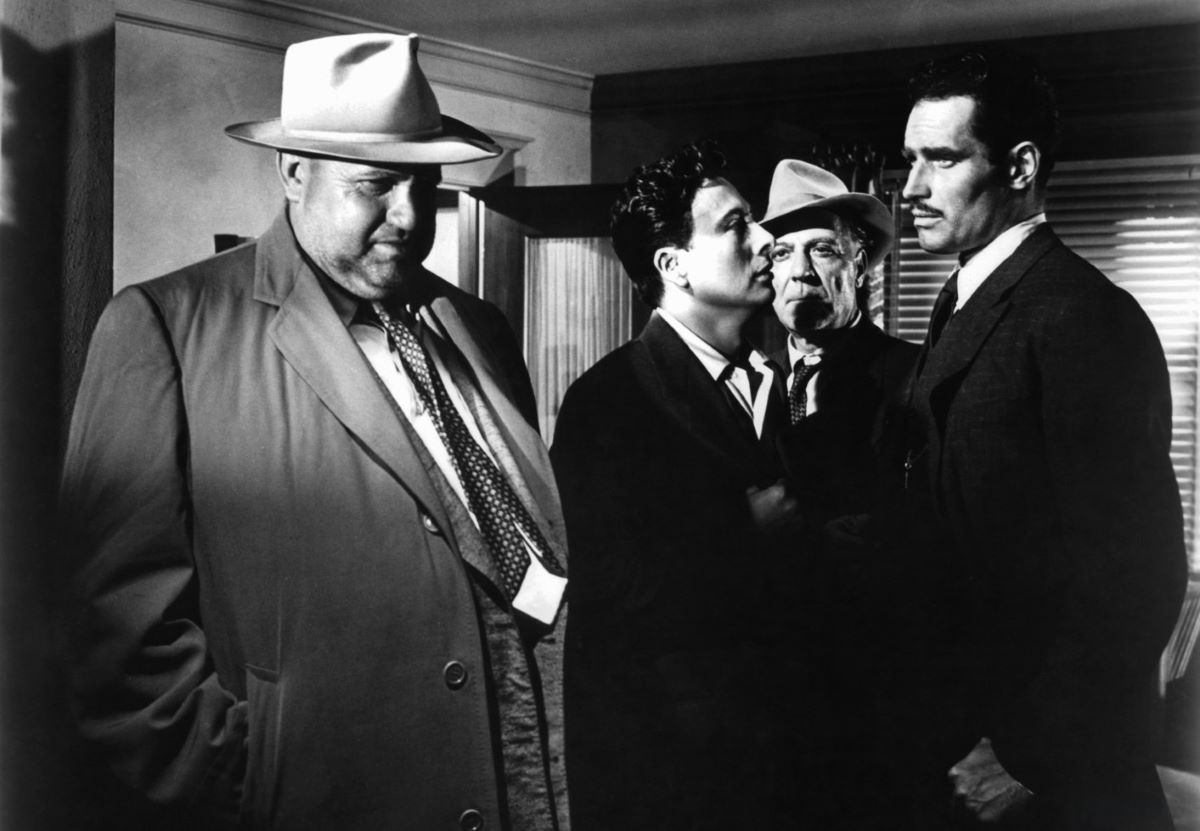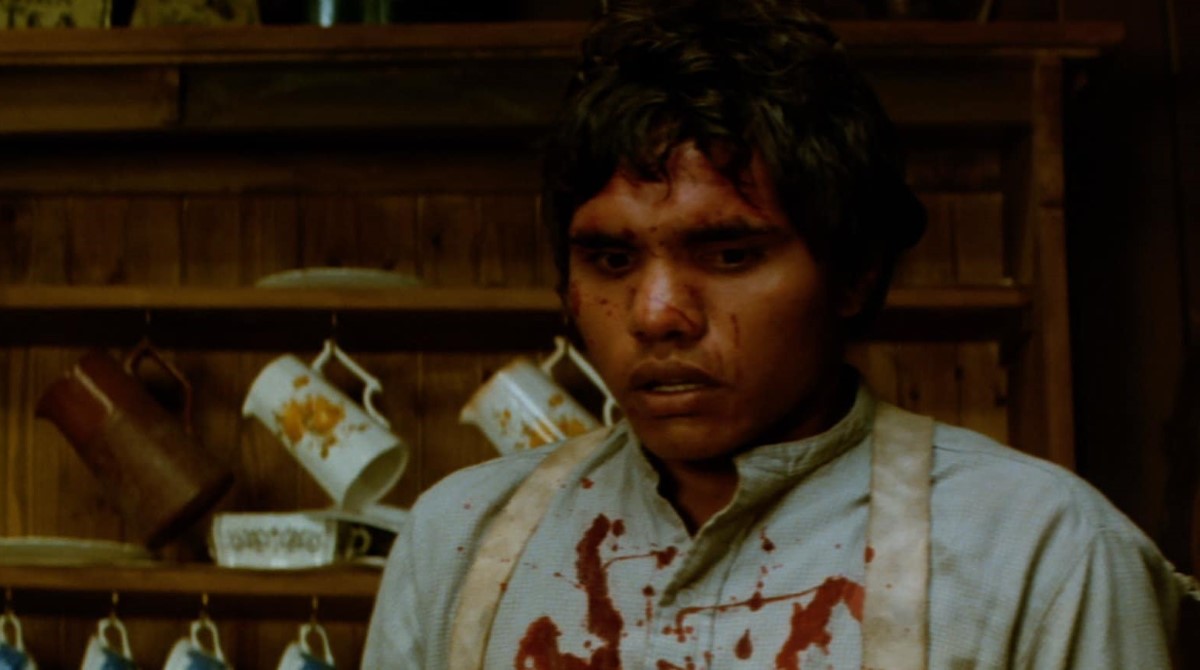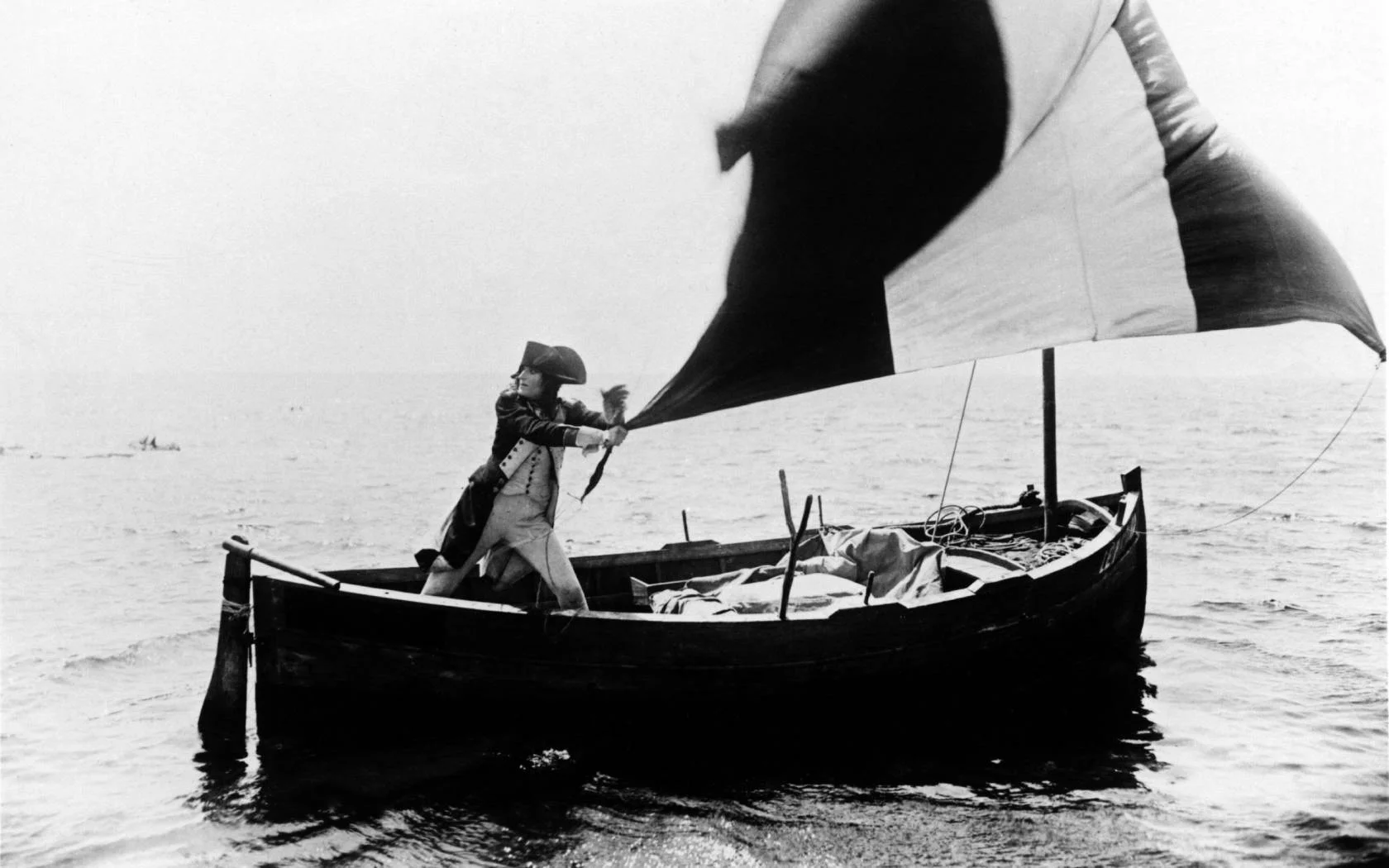Fifty years ago, a cinematic masterpiece graced the silver screen, weaving a tale of intrigue, deception, and unparalleled camaraderie that would forever change the landscape of the crime genre. The Sting, directed by the meticulous George Roy Hill, became an instant classic, etching the names of Paul Newman and Robert Redford into the annals of film history. As we commemorate this golden anniversary, it’s crucial to delve into the heart of the film, exploring the chemistry of its leading men, the historical backdrop, and the enduring legacy that continues to captivate audiences worldwide.
At its core, The Sting is an intricate con movie set against the backdrop of the 1930s, a period rife with economic despair and moral ambiguity. The plot revolves around two professional grifters, Henry Gondorff (Newman) and Johnny Hooker (Redford), who concoct an elaborate scheme to swindle a ruthless mob boss. The film unravels like a well-played chess match, each move more surprising than the last, leading to a climax that remains one of cinema’s most satisfying twists.
The undeniable chemistry between Newman and Redford, first sparked in Butch Cassidy and the Sundance Kid, ignites the screen in The Sting. Their dynamic is one of brotherly affection, sharp wit, and mutual respect, making their characters’ partnership not only believable but aspirational. Newman, with his cool demeanor and wry smile, perfectly complements Redford’s charismatic and impulsive energy. Together, they create a duo that is as endearing as it is cunning.
The historical context of The Sting is pivotal to its success. Released in 1973, amidst the Vietnam War and the Watergate scandal, the film provided an escapist respite from the prevailing cynicism of the era. It harkened back to a simpler time, albeit one romanticized, where the bad guys were outwitted and justice was served with a side of flair. This return to the classic storytelling of good versus evil, peppered with humor and heart, struck a chord with audiences, making it a box-office hit and a critical darling.
The film’s impact on the crime genre cannot be overstated. It revitalized interest in caper films, inspiring a slew of heist movies that sought to replicate its clever plot twists and charismatic leads. However, few have matched the intricate plotting and the genuine emotional core of The Sting. Its influence extends beyond cinema, impacting television, literature, and even real-world perceptions of con artists, often romanticized as charming rogues rather than criminals.
The making of The Sting is filled with anecdotes that highlight the unique dynamic between Newman and Redford. Their natural rapport and mutual respect allowed for improvisation and a free-flowing exchange of ideas, contributing to the film’s authentic feel. Director George Roy Hill played a crucial role in this, fostering an environment of creativity and collaboration. The infamous card game aboard the train, for instance, was charged with an electricity that transcended acting, as Newman and Redford played off each other’s cues, elevating the scene to iconic status.
The film’s authenticity was further enhanced by its meticulous attention to period detail. From the costume design to the set pieces, every element was carefully curated to transport the audience to the 1930s. The ragtime score by Marvin Hamlisch, featuring Scott Joplin’s “The Entertainer,” became synonymous with the film, adding a layer of nostalgic charm that complemented the visual aesthetics.
Critical analyses of The Sting often highlight its seamless blend of humor, drama, and suspense. It’s a film that doesn’t just entertain but also engages the viewer in an intellectual game. Each twist and turn is a puzzle piece, meticulously crafted to lead to the grand reveal. The movie doesn’t underestimate its audience, instead, it invites them to be a part of the con, making the final payoff all the more rewarding.
For those looking to delve deeper into the world of The Sting, numerous resources are available. Interviews with the cast and crew offer insights into the creative process, while scholarly articles analyze the film’s cultural and cinematic significance. Watching the movie with a critical eye, considering the era it depicts and the time it was made, can also enhance one’s appreciation of its artistry and impact.
As we celebrate the 50-year journey of The Sting, it’s clear that the film is much more than a nostalgic relic. It’s a testament to the enduring power of storytelling, the charisma of its leading men, and the genius of its creators. For fans of Paul Newman and Robert Redford, it represents the pinnacle of their collaborative efforts, a perfect blend of talent and chemistry. And for film enthusiasts, it remains a benchmark of cinematic excellence, a timeless classic that continues to sting just right.
* * *
REVIEWS
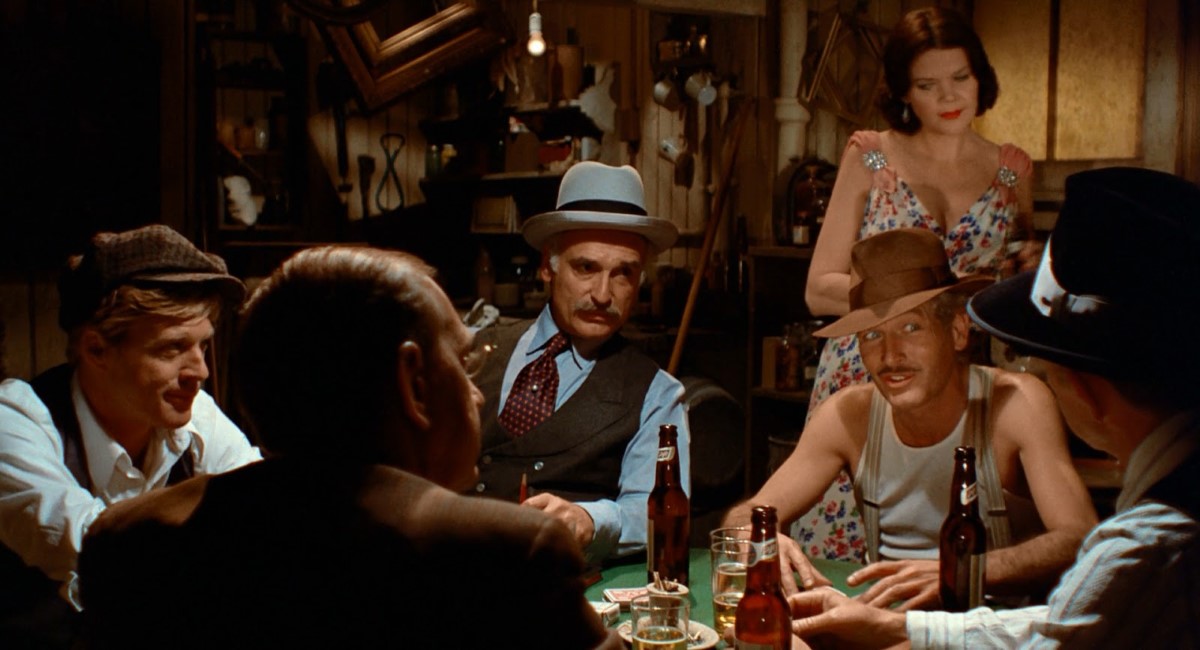
by Judith Crist
The Sting is pure gold, the kind of movie that dreams of sophisticated entertainment are made on, one that is as good to look at as to listen to—and you can also hear, via the superb Scott Joplin piano rags that provide the score, the burble of laughter on the part of all involved in their sheer enjoyment of their work. It demonstrates what can happen when a gifted young screenwriter—David S. Ward, whose Steelyard Blues showed little more than offbeat invention—has the good fortune to fall among professionals his second time out. And what professionals are here! George Roy Hill, Paul Newman, and Robert Redford, the triumphant director-and-star triumvirate of Butch Cassidy and the Sundance Kid, are reunited, but not in the Hollywood do-it-again-to-milk-the-box-office tradition. They’ve been joined by a co-equal, Robert Shaw, in the great entertainment tradition—to con the people and make ’em love it.
For The Sting is a con, in story and effect, a tale of grifters and their mark that not only makes a sucker out of you but also makes you love every minute of the game and, after the climactic twist, delight in being proved pure chump. (Some switch for us victims of the Big Con that seems to have become a way of life in this Watergate world of ours!) And even as I, I suspect that you’ll want to see the movie again to find the red herring or false clue that fooled you (we game-players don’t take submissively to losing)—and sorry, folks, you can’t call the cops. They play fair every step of the way.
To be equally fair, you should be given only the setting and situation in advance. The scene—and how beautifully it is set with old Saturday Evening Post design for the titles and visual cast introductions—is Chicago’s underworld of the thirties, the lush loot of the rackets a contrast to the Depression drear of the world around them. Redford, an apprentice con man from Joliet, has come to the big town for help in avenging the mobster murder of his beloved mentor after one of their marks turned out to be a runner for a major syndicate; he’s on the lam too, not only from the mob but also from a grafting cop whom he paid off in counterfeit money. For vengeance—and its tools for con men, those “aristocrats” of the underworld, are brains, not bullets—he seeks out Newman, king of the Big Con, an aging king gone to seed while hiding out from the FBI. And their target is the big gun, Shaw, New York head of the syndicate, a vicious Irish mobster with social aspirations and a passion for gambling—so long as the cards are stacked and the wire is rigged in his favor. Newman mobilizes the fraternity and the Big Con is on, with brain-tickling machinations and breathtaking suspense and lots of laughter and a touch at the heart in every twist and turn of the action-packed plot. That the gamesmaster John Scarne served as technical consultant is not irrelevant.
Redford is at his peak as the quick-to-learn grifter who doesn’t lose his barefoot-boy sweetness as he operates in big-league crookery. He serves as apt foil for Newman, never better than as the world-weary old master whose gusto for the game is as winning and as controlled as the poker hand he plays. And Shaw stands at the apex of the triangle as the mark worthy of their complex (but never overcomplicated) scheme, a stolid, seething figure whose very presence radiates malevolence, his silence as menacing as his softly brogued speech, his passivity as threatening as his outbursts. It’s the head, not the heater, that rules plot and performances alike.
Perception and intelligence emanate from the actors and the director. As has been his style since Period of Adjustment, through such fine films as The World of Henry Orient and Slaughterhouse-Five, Hill has filled his stage with equally fine performers in supporting roles. Eileen Brennan, the original Little Mary Sunshine, comes into her own at long last in a beautifully low-keyed performance as the madam who is Newman’s lady. Jack Kehoe, as Redford’s Joliet pal, Robert Earl Jones as his teacher; Harold Gould, Ray Walston, and John Heffernan as top con men; Charles Durning as the crooked cop, and Dana Elcar as an FBI agent are all first-rate. And Dimitra Arliss, as a short-order waitress, makes a middle-of-the-night encounter with Redford an exquisitely romantic and memorable interlude.
For the overall blend, Hill has reached for nostalgia and touched it with the hand of the artist, reaching anachronistically to Scott Joplin’s pre-World War I rags for the tinkle and rhythms that are so amazingly right, filling his background sets with the minutiae of memory, his stage with underemphasized characters and minor moments that parody the gangster movies of the thirties. Credit Henry Bumstead’s art direction, Robert Surtees’s cinematography, Edith Head’s costumes, Marvin Hamlisch’s music adaptation, of course—but it is the ultimate mixture in Hill’s hands that makes the film so completely satisfying. It’s a no-problem movie that has movie stars, a fascinating plot, and a whiz-bang pace to please the mind. It’s a joy to look at and has that rarest of present-day ingredients, Hill’s hallmark—taste. What glisters here is pure movie gold.
New York, December 31, 1973
* * *
by Bernard Drew
What would be more natural than for Paul Newman and Robert Redford, the superstars of the super Butch Cassidy and the Sundance Kid, to team up again, along with its director George Roy Hill, in a slambang ripoff of Chicago gangster movies of the thirties called The Sting. Right?
Wrong, The Sting is not a ripoff at all. As written by David S. Ward, it is a nest of Chinese boxes, wheels within wheels, and a highly convoluted plot of two Chicago con men who hope to fleece a big New York gang lord (Robert Shaw) because he has killed their friend, and who are themselves followed by a vicious Chicago cop on the take, maybe the FBI, and God knows who else, each conning the other. Here and there is a chase, here and there a murder, here and there a twist.
There is a nifty one toward the end, and the final one is good, and genuinely surprising, but it takes too long to get there.
It is set in 1936, and there are some amusing Saturday Evening Post type of illustrations which look as if they were drawn by Clarence Buddington Kelland for the opening titles and these are retained throughout the movie along with ricky-tick music on the track. And that is indicative of what is wrong with the film.
What is piquant and even nostalgic used once, becomes precious and cutesy if repeated endlessly, and The Sting, which runs for more than two hours, has no more than three or four good jokes in it and settles the rest of the time for shticks, gimmicks and twists which reach a point of diminishing returns before the movie is half over.
Thus Robert Redford is the innocent young con man who gets into trouble with crooked cop Charles Durning and New York racket boss Shaw, and so he must flee to the hideout—a deserted merry-go-round which doubles as a whorehouse—of older, big-time con man Newman, who is hiding out from the FBI.
On the Twentieth Century Limited, they fleece Shaw in a cleverly arranged poker game, and then set up a phony gambling house there to entice him and finish the job while the cops are knocking at the door.
There is little comedy and fewer thrills in this, much movement but little action. At its best it is stylish and clever; at its worst, interminable.
Redford is his boyish self and don’t we always root for him, as well as Newman, who is moustached and plays Clark Gable playing in San Francisco and Manhattan Melodrama, and Shaw, who has not only a moustache, but a limp and an Irish brogue.
Such other good people as Durning, Eileen Brennan, Harold Gould, Ray Walston and Dana Elcar flit in and out, but a bunch of shticks, even clever ones, do not a 130-minute movie make.
Gannett News Service, December 26, 1973

